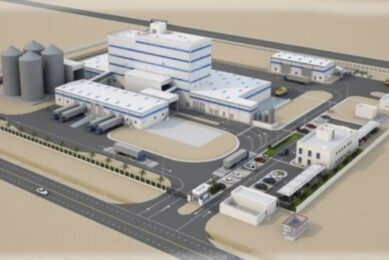What happens to starch after processing?
Welcome to All About Feed. As one of the “experts” invited to participate in a regular blog, I must say I approach this endeavour with some nervous anticipation. I have never participated in a project such as this, and I wonder where this little project will end. However, like all projects, we have to begin somewhere…
Recently, I was honoured to attend the Grain Processing Symposium at Oklahoma State University (Stillwater, OK, USA). This symposium was well attended, and many of the influential beef nutrition consultants in the United States were in attendance. The topics ranged from grain processing basics, to ruminant starch nutrition, to the economics of processing for fed cattle.
Beef nutritionists in front
In general, most of the presentations were slightly above average. Much of the information regarding steam flaking, high moisture corn, and reconstitution were reviews; the techniques in processing grain for fed cattle are pretty simple. However, this symposium reinforced a previous opinion that beef nutritionists know more about starch and what happens to starch through feed processing than the majority of the traditional feed processing industry.
is the primary energy source in all species’ diets; in maize (corn), starch makes up about 70-72% of the total composition. Monogastric and dairy nutritionists formulate diets based on the starch composition of cereal grains. However, these nutritionists know little about what happens to starch after it has been processed. For example, it is commonly held knowledge that we gelatinize starch in the traditional pelleting process. I would suggest that we need to rethink this concept.
ROI of grain processing
I would posit that beef nutritionists are ahead of the industry in general as it relates to understanding starch and the changes starch undergoes during feed processing. This understanding has economic ramifications, in that beef nutritionists in the United States know the value of grain processing and can assign a realistic return-on-investment (ROI) for the process. Can we say the same regarding pelleting, expanding, or extrusion?
Re-discovering science in feed manufacturing
The point here is that we need to better understand what happens to dietary components like starch, or even native proteins as we process the feed. Therefore, my first several entries will cover some of the ingredient fundamentals that play a role in the feed manufacturing process. Along these lines, I hope that I can entice you to participate with me, as we re-discover the science involved in feed manufacturing.











